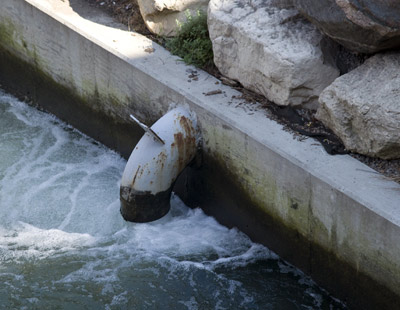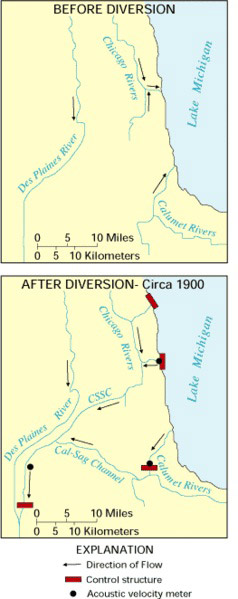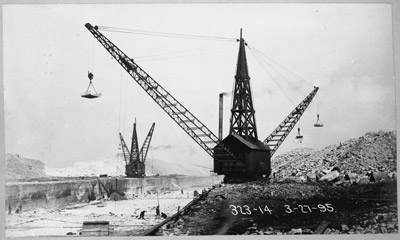Columbus Dr Bridge

Back to Columbus Dr Bridge
Back to Columbus Dr Bridge
Big rains are a big deal
At the turn of the 20th century, the flow of the river was reversed to protect Lake Michigan, the city's primary source of drinking water, by sending Chicago's waste to the Mississippi River. Despite this engineering feat, untreated sewage, industrial pollution, and stormwater still flow from the river into the lake. Less than an inch of rain is all it takes to push polluted water out of city and suburban sewers and into the river. To prevent flooding in the city during the biggest storms, officials are forced to open the lock that separates the river from Lake Michigan. When the gates are opened, the Chicago River resumes its original course, and its contaminated waters are flushed directly into the lake.
Between 2007 and 2013, the city's sanitary district released nearly 32 billion gallons into the lake, largely because of a handfull of monsoon-like storms that were among the worst in Chicago history.
Between 2007 and 2013, the city's sanitary district released nearly 32 billion gallons into the lake, largely because of a handfull of monsoon-like storms that were among the worst in Chicago history.


